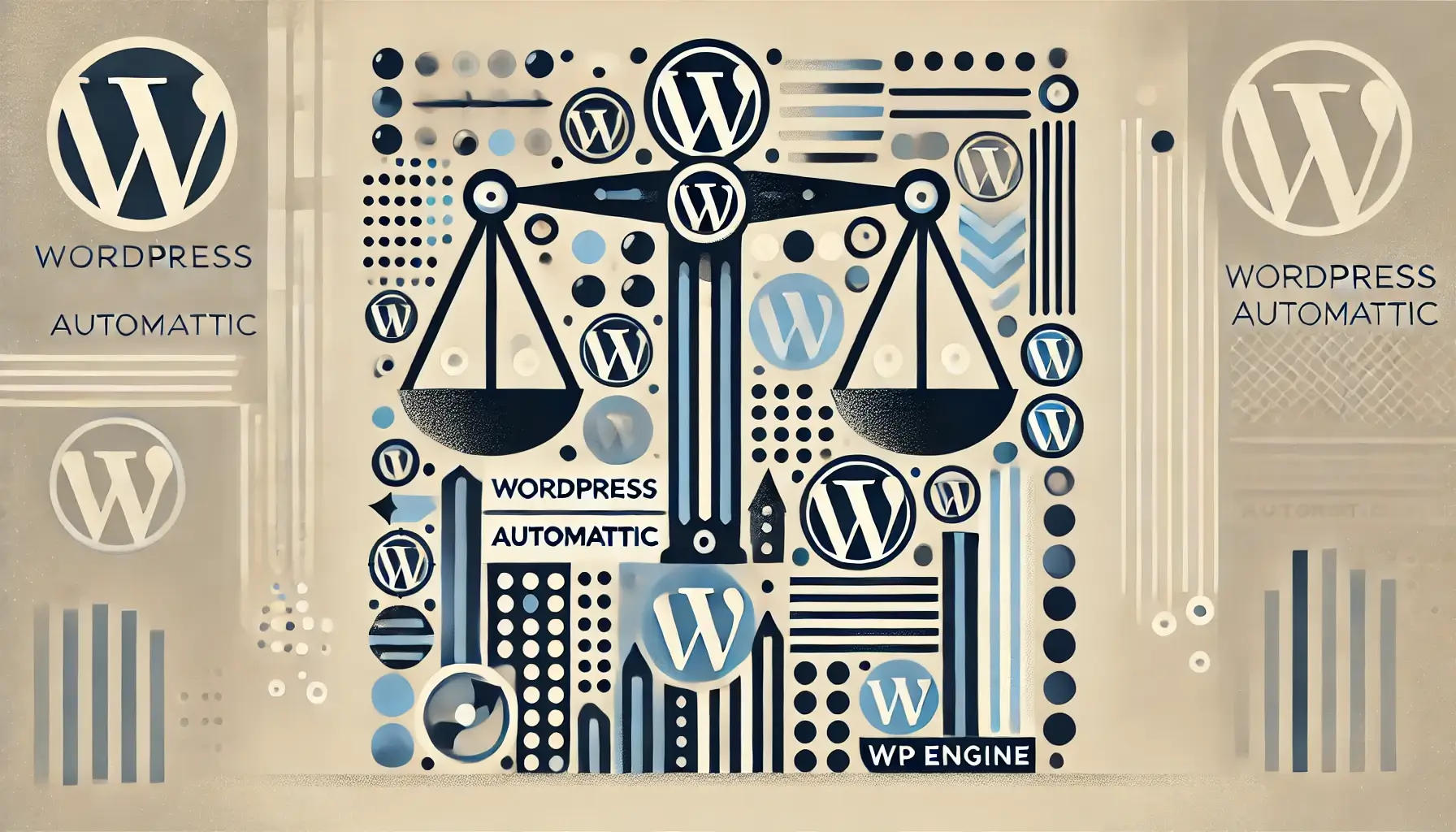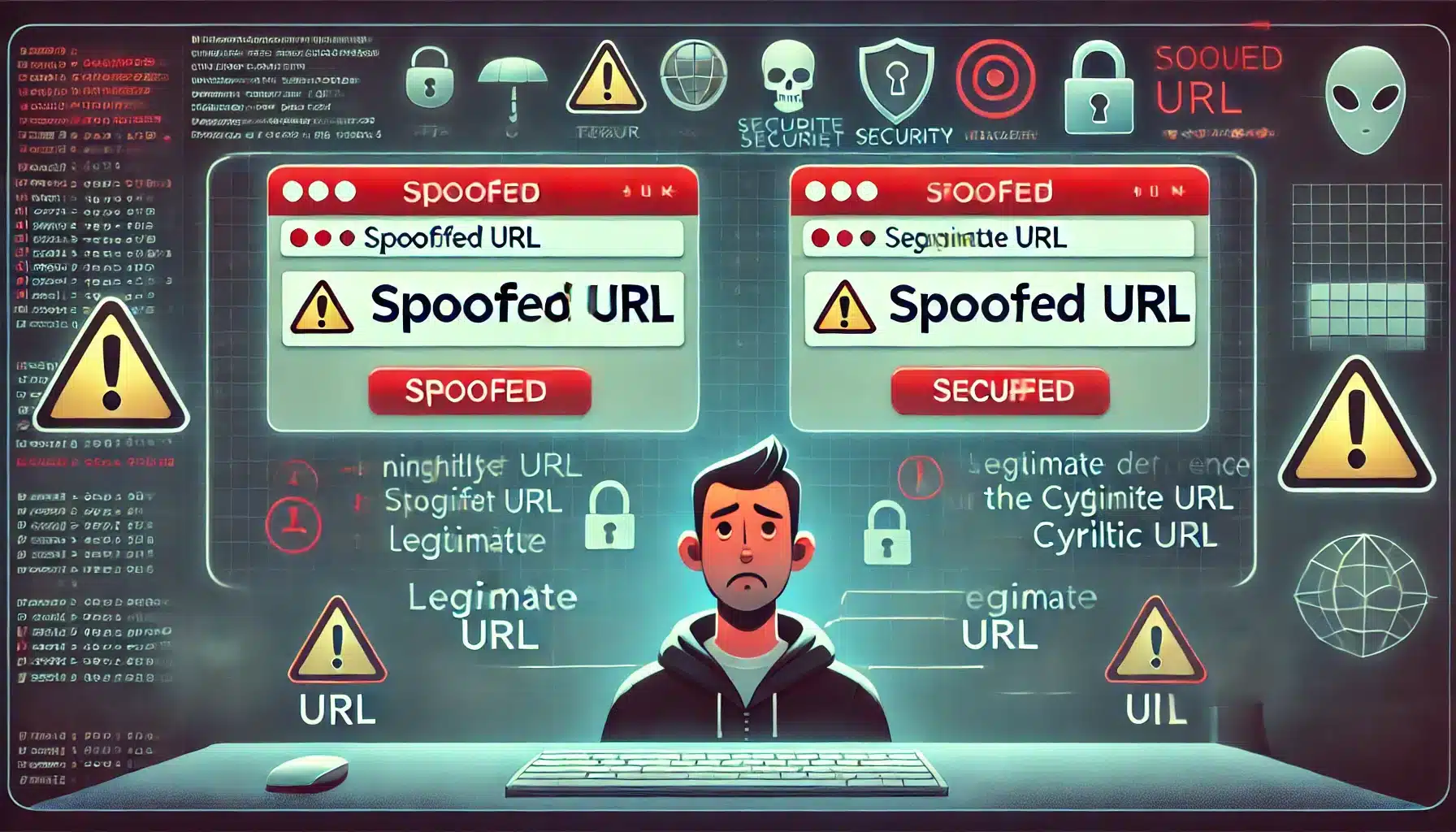WordPress is one of the most popular content management systems (CMS) in the world, powering more than 40% of all websites on the internet. Its popularity is due to its flexibility, ease of use, and a wide range of plugins and themes that make it easy to create and customize websites. However, with great power comes great responsibility, and WordPress websites are vulnerable to a variety of security threats, including Malware infections, hacking attempts, and other malicious activities.
In this article, we will explore the common ways that WordPress websites can become infected, the potential consequences, and most importantly, how to deal with and prevent these infections from happening.
Understanding WordPress Infections
There are several ways in which a WordPress website can become infected. The most common methods include:
1. Outdated software: One of the most common reasons for WordPress infections is the use of outdated software, including the core WordPress installation, themes, and plugins. Hackers often exploit security vulnerabilities in outdated software to gain access to websites and inject malicious code.
2. Weak passwords: Another common entry point for hackers is weak passwords. If you have an easy-to-guess password, it makes it much easier for hackers to gain access to your website and inject malware.
3. Third-party themes and plugins: While there are many reputable themes and plugins available for WordPress, there are also many that are poorly coded and contain security vulnerabilities. Using these can put your website at risk of infection.
4. Cross-site scripting (XSS) attacks: XSS attacks involve injecting malicious scripts into webpages that are viewed by other users. These can be used to steal sensitive information or redirect users to malicious websites.
Consequences of WordPress Infections
When a WordPress website becomes infected, it can have serious consequences, including:
1. Loss of data: Malware infections can lead to the loss of important data, including customer information, financial records, and intellectual property.
2. Damage to reputation: If your website is infected with malware, it can damage your reputation and result in a loss of trust from your customers.
3. Blacklisting by search engines: If your website is infected with malware, search engines like Google may blacklist it, meaning that it will no longer appear in search results.
Dealing with WordPress Infections
If you suspect that your WordPress website has been infected, it is important to take action immediately to minimize the potential damage. Here are the steps you should take:
1. Identify the infection: The first step in dealing with a WordPress infection is to identify the source of the infection. This may involve scanning your website for malware, reviewing your website files for suspicious code, and checking your website’s access logs for any unusual activity.
2. Clean your website: Once you have identified the source of the infection, you will need to clean your website to remove the malicious code. This may involve manually removing infected files, restoring the website from a clean backup, or using a security plugin to automatically clean the infection.
3. Update your software: After cleaning your website, it is important to ensure that all of your software, including the WordPress core installation, themes, and plugins, is up to date. This will help to prevent future infections by closing security vulnerabilities.
4. Change your passwords: If the infection was caused by weak passwords, it is important to change all of your website passwords, including the administrator password, FTP password, and database password.
Preventing WordPress Infections
Preventing WordPress infections is a critical part of website maintenance. Here are some best practices for preventing infections:
1. Keep your software up to date: Always keep your WordPress core installation, themes, and plugins up to date to ensure that you are protected from the latest security vulnerabilities.
2. Use strong passwords: Use strong, unique passwords for all of your website accounts, and consider using a password manager to help you generate and store secure passwords.
3. Be cautious with third-party themes and plugins: When choosing themes and plugins, only use reputable sources and be cautious of third-party themes and plugins that are not regularly updated.
4. Use a security plugin: Consider using a security plugin to help protect your website from malware, hacking attempts, and other security threats.
5. Regular backups: Regularly backup your WordPress website so that you can quickly restore a clean version in the event of a malware infection.
FAQs
Q: What is the best way to clean a infected WordPress website?
A: The best way to clean an infected WordPress website is to use a security plugin that is specifically designed to clean Malware infections. These plugins can scan your website, identify and remove malicious code, and help to prevent future infections.
Q: Can I prevent all infections by keeping my software up to date?
A: While keeping your software up to date is an important part of preventing infections, it is not a guarantee that your website will be completely secure. You should also use strong passwords, be cautious with third-party themes and plugins, and use a security plugin to help protect your website.
Q: Is it safe to use free themes and plugins?
A: While there are many reputable free themes and plugins available for WordPress, there are also many that are poorly coded and contain security vulnerabilities. It is important to carefully research and review any free themes and plugins before using them on your website.
Q: How often should I backup my WordPress website?
A: You should backup your WordPress website regularly, ideally on a daily basis. This will ensure that you always have a recent, clean version of your website that you can quickly restore in the event of a malware infection.
In conclusion, WordPress websites are vulnerable to a variety of security threats, including Malware infections, hacking attempts, and other malicious activities. By keeping your software up to date, using strong passwords, being cautious with third-party themes and plugins, and using a security plugin, you can help to protect your website from these threats. If your website does become infected, it is important to take immediate action to clean the infection and prevent future infections. With the right precautions and best practices, you can keep your WordPress website safe and secure.
Post Summary:
WordPress is a popular CMS, but susceptible to security threats like Malware infections and hacking attempts. Common entry points for infections include outdated software, weak passwords, and third-party themes and plugins. Infections can lead to data loss, reputation damage, and blacklisting by search engines. If your website is infected, take immediate action to clean it, update software, and change passwords. To prevent infections, keep software up to date, use strong passwords, be cautious with third-party themes and plugins, use a security plugin, and regularly backup your website. With these precautions, you can keep your WordPress website safe and secure.










